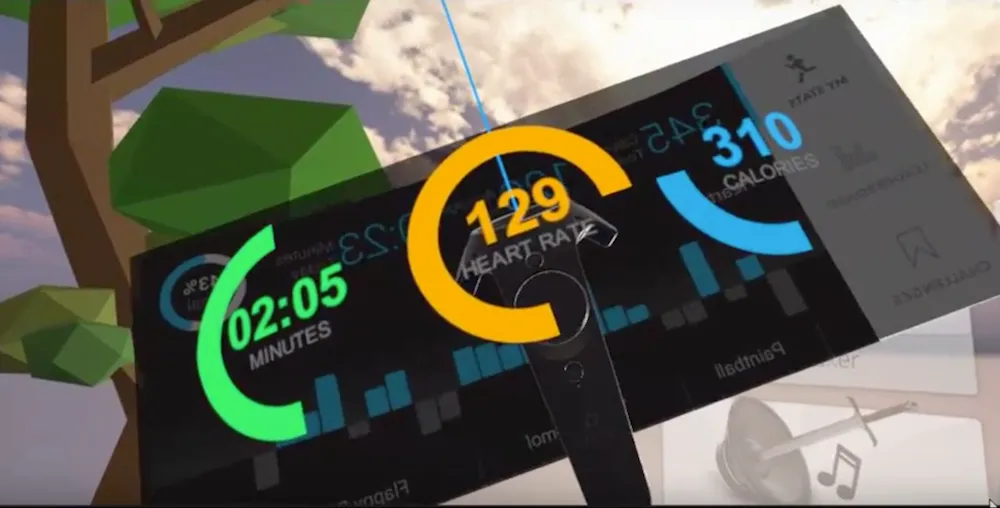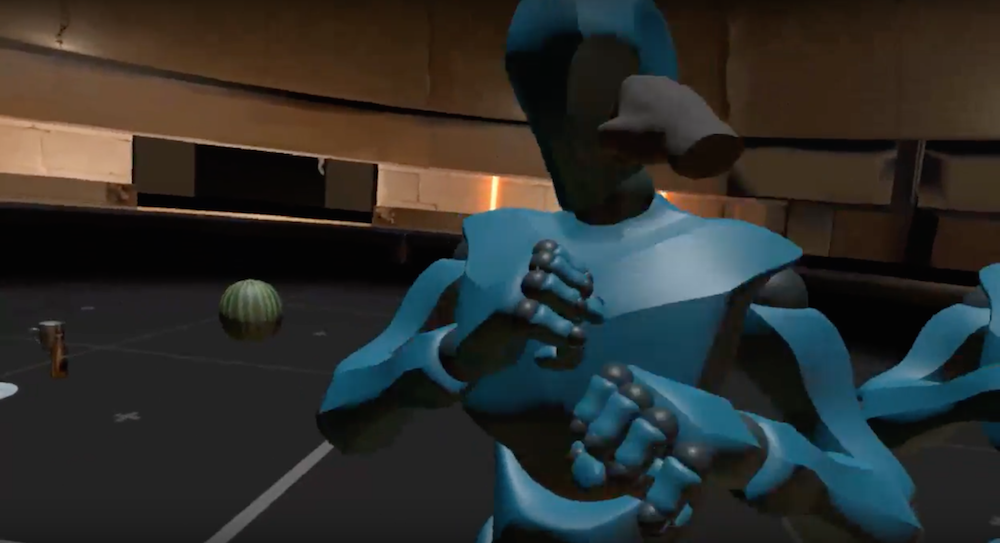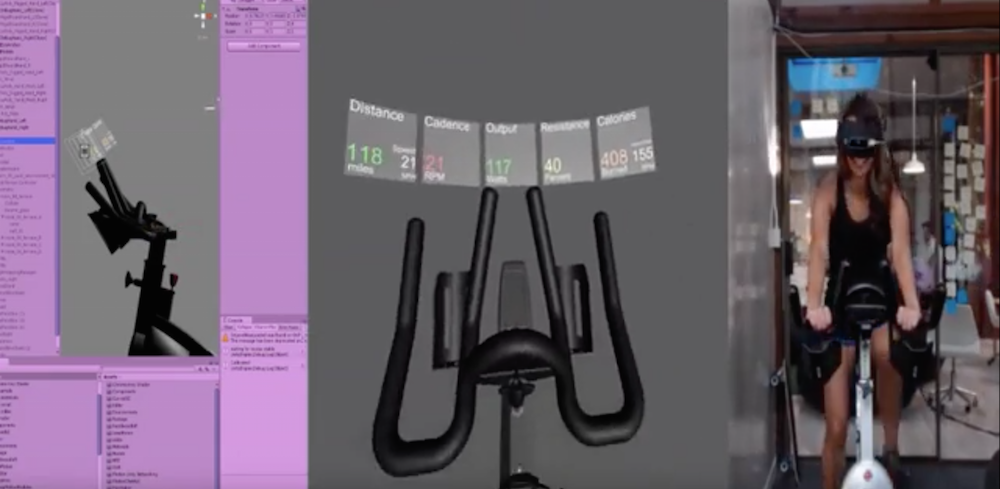Socially conscious virtual reality projects took center stage last week at an event held at the Upload Collective in San Francisco. VR fans, enthusiasts and investors gathered at the SOMA location to hear from several entrepreneurs that are working hard to create immersive experiences that accomplish a charitable good.
First to speak was Jacqueline Stein, a college student with a passion for the often under-discussed epidemic of dyslexia. Her VR experience, titled “Peers” is a concept designed to help teachers understand and increase their empathy for dyslexic students. It is not a therapy tool for the child, but a way for educators to step inside their shoes and hopefully retain a changed perspective once they step back up to the blackboard.
Stein herself is dyslexic and struggled with feelings of inadequacy during her schooling.
“I cried a lot as a child,” Stein said. “But in fourth grade I had a teacher that really made an effort to understand me. She made me realize that this was something I could overcome…I want Peers to help create other superhero teachers like that and help dyslexic students rise above their affliction.”
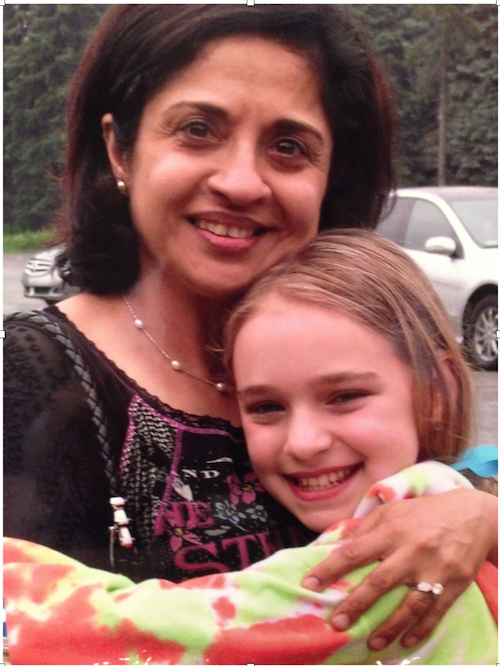
According to Stein, “15 percent of our country is dyslexic, but 52 percent of our teachers have had no training in how to help dyslexic students.”
To help correct this imbalance, Peers will put you in a circle of peers and present you with a jumbled passage to read from. As you inevitably struggle the group of onlookers begins to laugh and tease you. Stein wants to create a powerful impression of the shame and powerlessness that dyslexic children feel when they don’t have empathetic teachers.
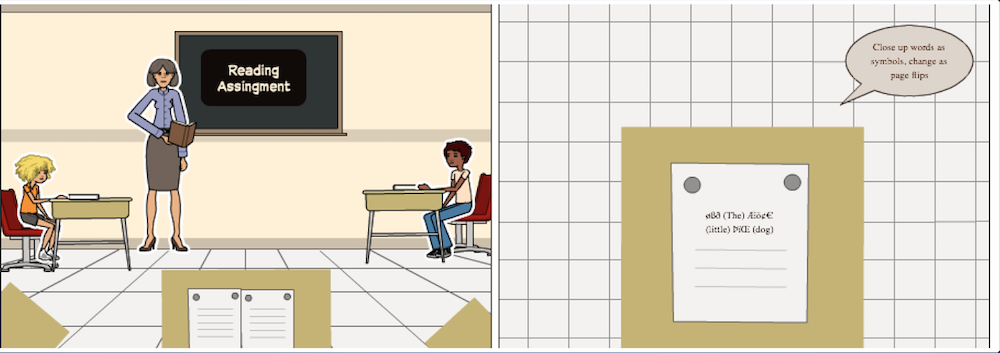
Stein’s next step is to raise $10,000 to create the experience itself. She says she’s already received inbound interest from educators and the International Dyslexia Association.
The second group at last week’s event are targeting the rampant problem of obesity in America by creating active VR experiences. “Fit VR” (working title) is the brainchild of Chad Lonberger, Rushil Reddy and a duo of other developers in the Bay Area.
Fit VR, at this point, is a collection of various VR fitness experiences designed to get a heart rate up. These include boxing, cycling, mini-games, and more. Lonberger and Reddy’s goal is to eventually narrow this down to the top experiences and release the platform as an experience that can grow and adapt with new experiences over time.
In addition to these experiences, the Fit VR team has also developed some, “pretty cool machine learning programs” that allow them to measure heart rate and other metrics for a user without the use of an additional accessory.
“All we need is gender, height and weight and we can get the metrics really close,” Lonberger said.
Finally, the team will also release an API to developers that will allow them to plug a “VR FitBit” of sorts into any of their creations so that users can keep appraised of their progress across multiple different experiences.
“Right now the space leans heavily towards games,” Lonberger said. “But we believe a new demographic will be there soon…For us Fit VR is less about one experience and more about capturing that new audience.”

